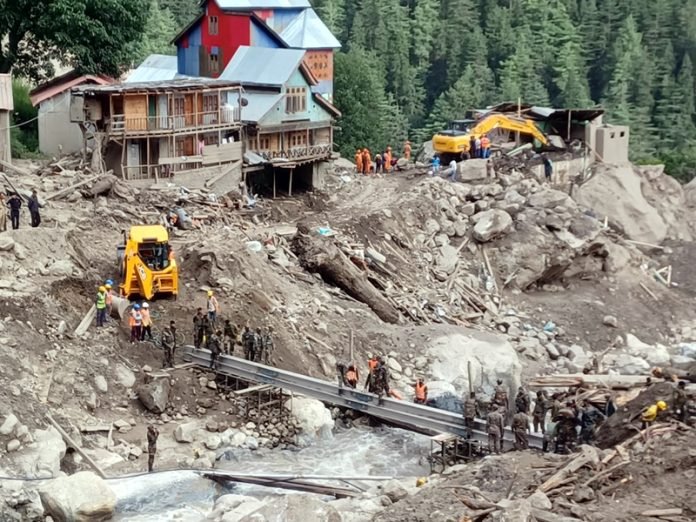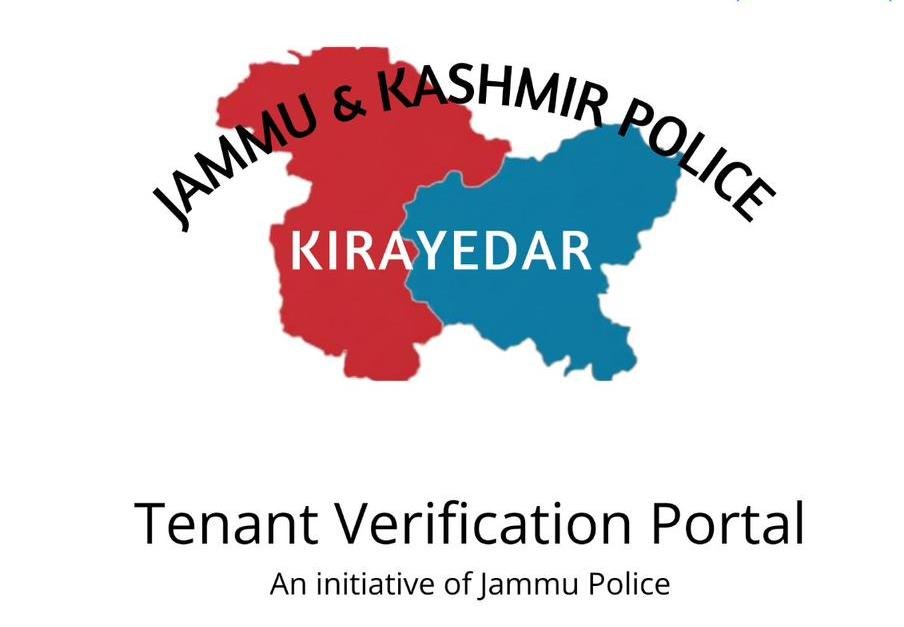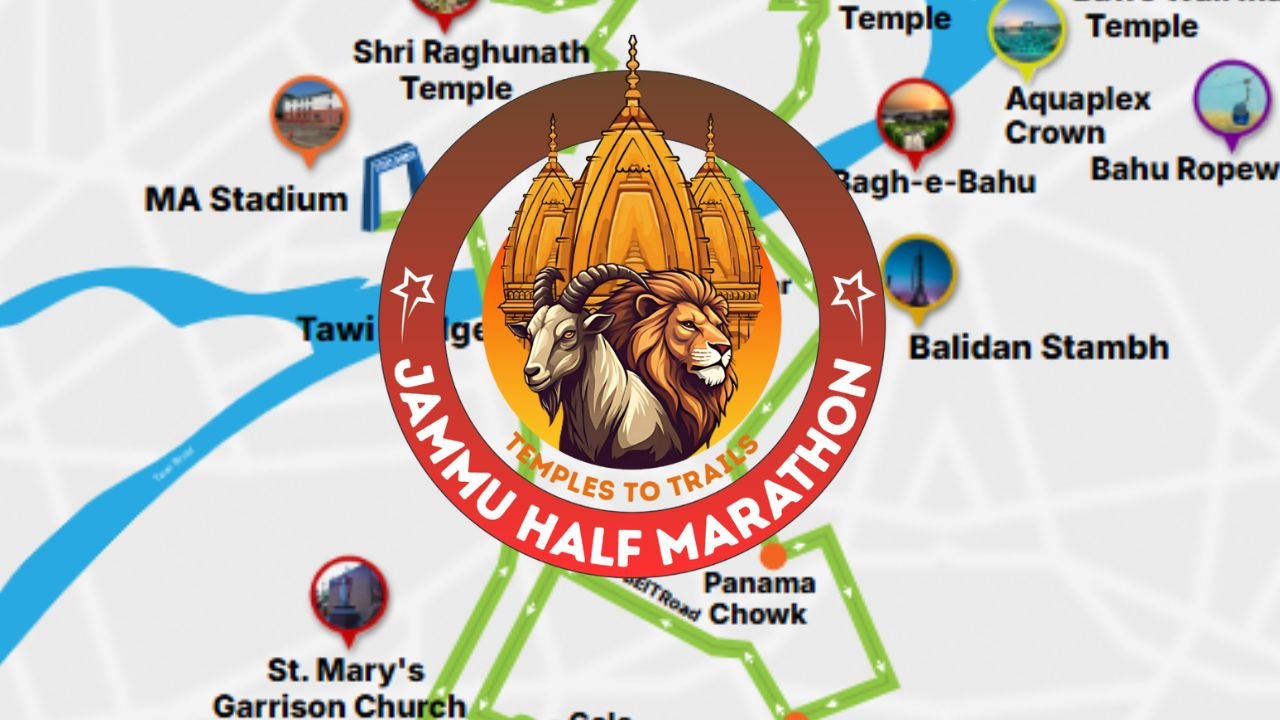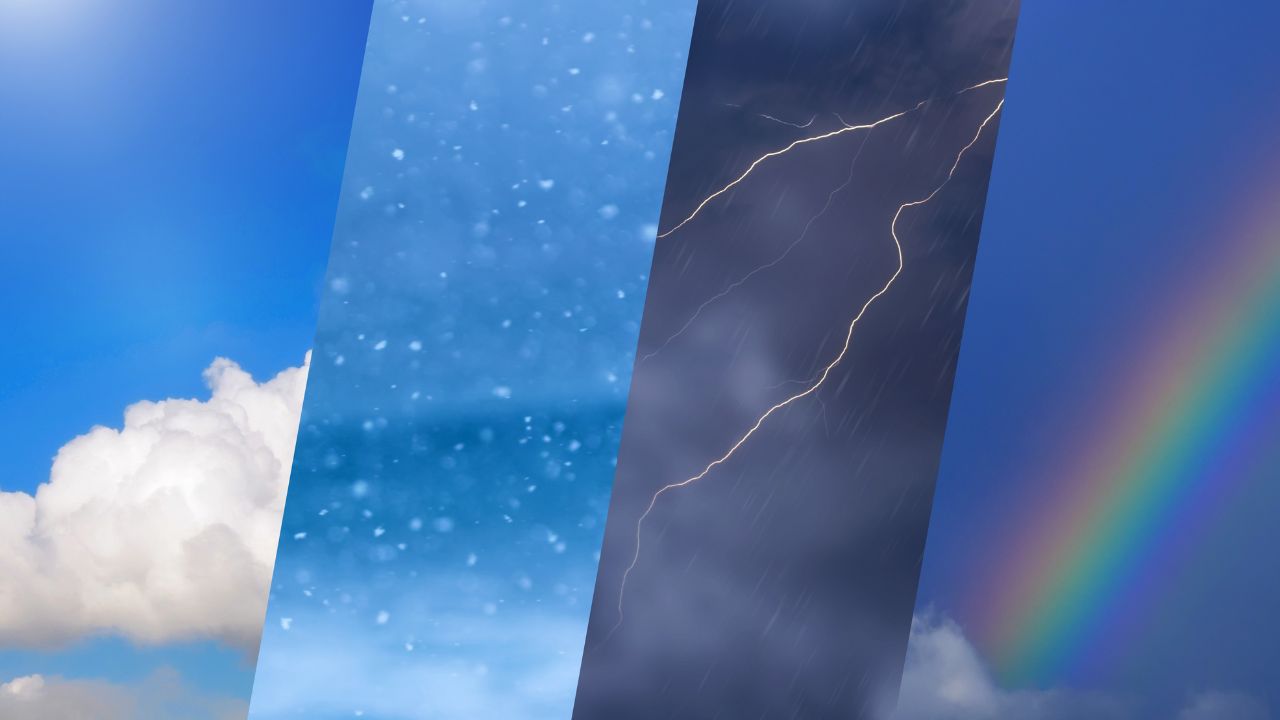The monsoon season in Jammu and Kashmir has once again unleashed its fury, leaving behind a trail of destruction caused by cloudbursts, flash floods, and landslides. This year, Jammu has faced some of the most severe weather-related disasters in recent times, causing massive losses to life, property, and infrastructure.
Jammu witnessed intense rainfall over the past few weeks, leading to multiple incidents of cloudbursts in rural as well as semi-urban areas. The sudden downpours triggered flash floods in rivers, streams, and nullahs, sweeping away homes, roads, vehicles, and agricultural fields.
The meteorological department has issued continuous warnings, predicting more heavy rainfall, while residents are bracing themselves for further challenges. The administration remains on high alert as rescue teams work tirelessly to minimize the damage.
Multiple incidents of cloudbursts and flash floods have been reported in Jammu and Kashmir in 2025, primarily during the monsoon season. Here is a list of the significant events:
- Kishtwar District (August 14, 2025): A major cloudburst in the Chositi (also spelled Chashoti) village, located on the route of the Machail Mata Yatra pilgrimage, triggered a catastrophic flash flood. This incident was the deadliest, with a death toll of at least 65 people. Over 300 were injured and more than 200 were reported missing. The floods swept away houses, vehicles, and a community kitchen, leading to the temporary suspension of the annual pilgrimage.
- Kathua District (August 17, 2025): Another series of cloudbursts and landslides in the Jodh Ghati and Janglote areas of Kathua district resulted in the deaths of at least seven people, including five children. The disaster caused widespread damage to homes, roads, and a bridge, which cut off access to several villages.
- Ramban District (April 20, 2025): Intense rainfall and a cloudburst in Ramban district led to flash floods, mudslides, and landslides. At least three people died in the Baghana village due to a house collapse. The disaster destroyed or damaged over 295 structures and washed away vehicles and commercial establishments. The Jammu-Srinagar National Highway (NH-44) was also severely damaged.
- Other Incidents (July and August 2025):
- July 21-23, 2025: Heavy monsoon rains caused flash floods and landslides in districts like Rajouri, Poonch, and Reasi. A landslide on the Vaishno Devi track in Reasi killed one pilgrim, and a landslide in Poonch hit a school, resulting in the death of a student. Multiple roads were blocked, and a culvert was washed away in Mendhar.
- August 13, 2025: Heavy rains led to the closure of schools in the Rajouri, Reasi, and Poonch districts. The Jammu-Srinagar national highway was affected by mudslides, and vehicular movement was disrupted on several roads in the region.
Tragic Loss of Lives in Cloudbursts and Landslides
Seven members of four families, including five children, were killed in two separate incidents of cloudburst, landslide, and flash floods. The situation turned grimmer in Kathua district, where a sudden cloudburst claimed multiple lives and destroyed residential structures.
This tragedy came just three days after flash floods triggered by a cloudburst struck Chashoti village in Kishtwar district on August 14, leaving 61 people dead and more than 100 injured. The scale of destruction has shocked the region, raising serious concerns about preparedness and preventive measures in vulnerable areas.
Read also: Environmental Threat in J&K: Land Sinking & Glacial Lakes Expanding
Why Kishtwar Is Highly Vulnerable to Cloudbursts
As per environmentalists, almost all the settlements in the valley system of Kishtwar—a network of interconnected valleys usually carved by rivers, streams, or glaciers—are located at relatively higher elevations compared to other parts of the Himalayas.
Moreover, several habitations exist in the inner valleys, where the probability of cloudburst incidents is higher than in other regions. Highlighting that cloudbursts are increasingly being reported across the Himalayas due to climate change, experts explained that narrow valleys cannot accommodate the sudden surge of water during unprecedented rains.
As a result, settlements located along the floodplains often bear the brunt of devastation, as witnessed recently in the Chashoti area of Paddar in Kishtwar district.
Encroachments on Floodplains Increase Risks
Despite being aware of these risks, several temporary and semi-permanent structures had come up in low-lying floodplain areas along the Shri Machail Mata Yatra route over the past several years. The administration also permitted the establishment of “langars” (community kitchens) on these floodplains, ignoring the fact that such zones act as natural drainage channels during heavy downpours.
Any encroachment in these regions significantly increases the risk of destruction during flash floods. Disaster management experts criticized this negligence, stating that at least community kitchens should not have been allowed on the floodplains by the local administration.
They recalled the cloudburst near the Shri Amarnath cave shrine in July 2022, which severely affected camps and temporary structures set up in similar vulnerable zones. “Had lessons been learnt from that incident and corrective measures implemented, the losses at Chashoti could have been avoided to a large extent,” they stressed.
Flash Floods Wreak Havoc
The Chenab and Tawi rivers, along with several tributaries, have been flowing above danger marks, causing flash floods in low-lying areas of Jammu city and its outskirts. Major highways, including the Jammu-Srinagar National Highway, were blocked due to landslides triggered by incessant rainfall.
In rural belts, flash floods destroyed irrigation canals, agricultural land, and livestock, leading to massive financial losses for farmers. The sudden surge of water left thousands of people stranded, with many requiring immediate evacuation.
Human and Property Losses
The monsoon havoc has claimed dozens of lives, while hundreds have been injured due to collapsed structures and landslides. Families have lost their loved ones, homes, and livelihood in just a matter of hours. Entire neighborhoods in flood-prone areas of Jammu had to be evacuated, forcing people into makeshift relief camps.
Property damage has been estimated in hundreds of crores, with damaged homes, vehicles swept away, and roads washed off. Small businesses and shopkeepers bore the brunt of waterlogging in urban Jammu, adding to the economic distress.
Impact on Agriculture and Livelihood
Jammu’s farmers have suffered heavily as fertile land was inundated, crops destroyed, and cattle swept away in flash floods. Fields of maize, rice, and vegetables in Kathua, Samba, and Udhampur districts were completely submerged.
For many, the loss of livestock has been devastating, since cattle rearing is a primary source of livelihood. Fishermen, too, faced immense hardships as rivers turned dangerous and fish populations declined due to disturbed ecosystems.
Rescue and Relief Operations
The State Disaster Response Force (SDRF), National Disaster Response Force (NDRF), and local police have been deployed across affected regions. Choppers were used to rescue stranded families in Kishtwar and Ramban. Relief camps were set up in schools, community halls, and government buildings to accommodate displaced families.
Authorities distributed food packets, drinking water, blankets, and medicines to victims. Medical teams were stationed to prevent outbreaks of waterborne diseases, which often follow such calamities. Despite these efforts, many interior areas remain cut off, making it difficult to reach every family in distress.
Infrastructure Damage in Jammu
The region’s fragile infrastructure suffered immensely. The Jammu-Srinagar National Highway witnessed multiple landslides, halting traffic and supply chains. Bridges connecting remote villages collapsed, leaving thousands without access to essential services.
Urban Jammu faced severe waterlogging, with several residential colonies and marketplaces submerged. Drainage systems failed to handle the torrential downpour, disrupting normal life for days.
Government Response and Compensation
The Jammu and Kashmir administration has announced compensation packages for families of the deceased, as well as financial aid for farmers and shopkeepers. The government has promised to rebuild damaged roads, restore electricity, and strengthen flood management systems.
However, questions are being raised over disaster preparedness and the slow pace of infrastructure repair. Residents argue that despite recurring monsoon disasters, authorities have not implemented effective flood-control mechanisms.
Environmental Concerns and Climate Change
Experts link the increasing frequency of cloudbursts and flash floods in Jammu to climate change and environmental degradation. Deforestation, unplanned construction, and shrinking wetlands have worsened the region’s vulnerability to extreme weather.
Environmentalists stress the need for afforestation, proper urban planning, and river management projects to mitigate future risks. They warn that without sustainable practices, Jammu will continue to face recurring monsoon disasters.
Community Resilience and Local Heroes
Despite the challenges, stories of local resilience and bravery have emerged. Volunteers and youth groups have played a vital role in rescuing stranded villagers, distributing relief materials, and supporting medical efforts.
In flood-hit neighborhoods, communities have come together, offering shelter, food, and comfort to displaced families. Such acts of solidarity highlight the human spirit amid tragedy.
The monsoon season has exposed the fragile ecosystem and infrastructure of Jammu, where cloudbursts and flash floods continue to wreak havoc year after year. While immediate relief operations provide temporary respite, long-term sustainable measures are crucial to protect lives and livelihoods.
The tragedy underscores the urgent need for climate adaptation strategies, strong disaster management policies, and strict action against floodplain encroachments. Unless corrective steps are taken now, Jammu will remain dangerously vulnerable to recurring monsoon disasters.
















